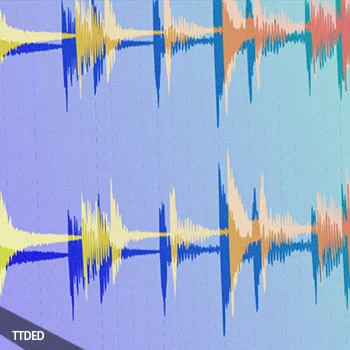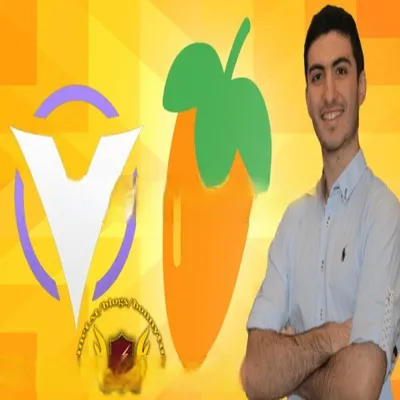 ¥With sampling techniques forming the basis of so much of today’s music, having a trusted sample collection to hand is a great way of speeding up your workflow and defining your sound. On this course from experienced producer and sound designer Seppa, you’ll learn an abundance of methods for modifying samples in various ways, to polish the sound or create completely unique textures of your own.
¥With sampling techniques forming the basis of so much of today’s music, having a trusted sample collection to hand is a great way of speeding up your workflow and defining your sound. On this course from experienced producer and sound designer Seppa, you’ll learn an abundance of methods for modifying samples in various ways, to polish the sound or create completely unique textures of your own.
The course begins by transforming a vocal sample into an atmospheric FX soundscape using parallel delay chains and spectral resonance, as well as a modified version that maintains more of the character of the original sample. A regular piano is then used as the source for a modulating, filtered lead, perfect for the intro or breakdown of a track.
Seppa then builds an effects chain for processing various drum breaks, to tend to the dynamics, transients and spectral content, so they’re 100% ready for dropping into a track. On a more radical note, simple drum oneshots are run through multiple randomised devices to completely mix things up and produce endless captivating moments, ideal for making interesting fills and adding excitement to an arrangement.
There are also lessons on rhythm-mapping, where the dynamics of one sample are used to shape the frequencies of another, creating a DIY vocoder-style effect. Whether you’re looking to make the most of your samples, acquire some new inspiration for sound design without synthesisers, or improve your knowledge of audio effects processing, this course will deliver a wealth of techniques to up your game!
Sign up today to get instant access to 3 hours of streamed tutorials, plus the Ableton Live project Seppa builds along the way, as well as a bonus 50MB pack of samples for your own manipulating pleasure!
Module 1 – Introduction to the Course
Seppa introduces himself and then talks about the course goals and content.
Lesson 1 – Meet the Tutor – 01.03
Lesson 2 – About the Course – 06.13
Module 2 – Transforming a Vocal into an Atmosphere
Seppa shows how to turn a vocal into a deep and atmospheric soundscape using multi-layered delays, MIDI-controlled spectral resonance and dynamics control. He then makes a separate recording that preserves the original pitch and timbre of the vocal.
Lesson 1 – Making Vocal Atmos FX – 31.11
Lesson 2 – Straightening up the Vocal Textures – 08.58
Module 3 – P

![Ableton Push 2综合视频教程 – Hands On Ableton Push 2 Das umfassende Videotraining TUTORiAL [GERMAN]](https://dd-static.jd.com/ddimg/jfs/t1/171702/20/29268/16684/631dbbb5Ea9e60002/ab3e0fa418689f38.webp)




评论0